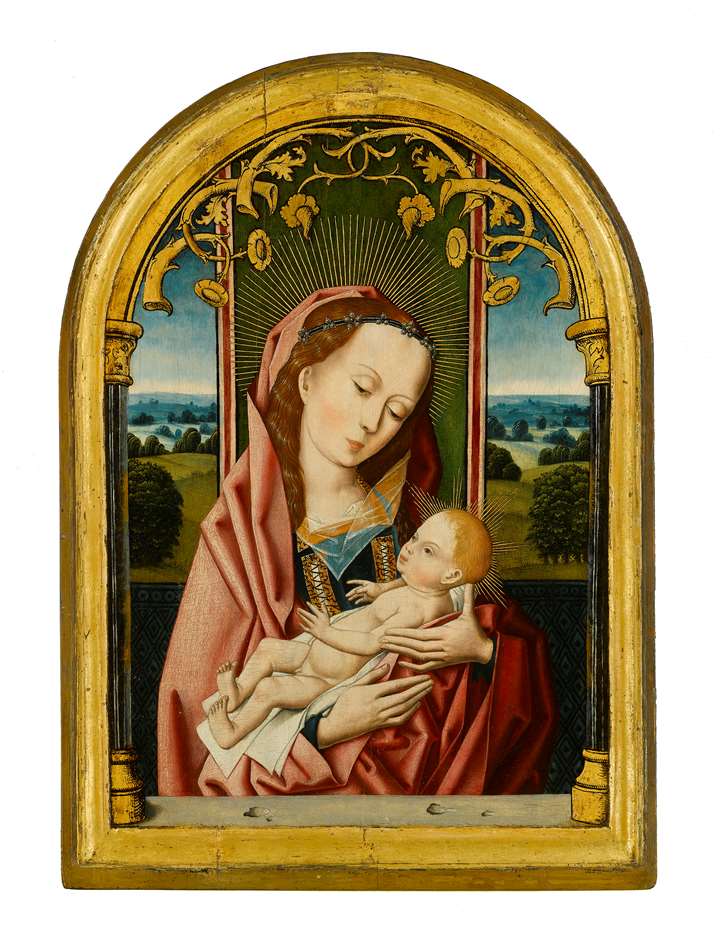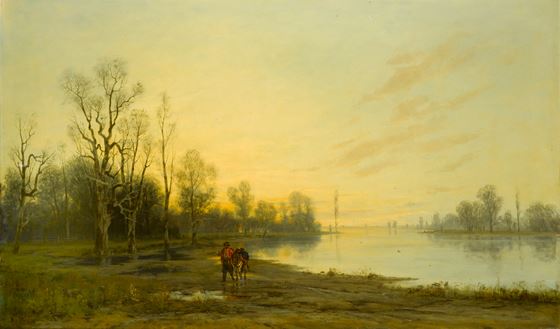Description & Technical information
The present example shows the banks of Dnestr (or Dniester) River at sunset. Stephanie von Strechine deftly creates the winter sunset by silhouetting the trees, empty of their leaves, against the soft colouring of the gradually darkening sky. The total emptiness of the river is only interrupted by a single boat in the background, and the outline of a man watching it from the banks of the river.
The central figure in the composition is a lone man leading his heavily laden horse whilst smoking an elongated pipe. He is depicted in clothing typical of nineteenth-century Ukraine, and the distinctive red cloak possibly suggests he is from the Hutsul region in the Carpathian mountains, from which the Dnestr flows into the Black Sea. His shirt worn open and embroidered at the front, sharovary trousers made of matt woollen fabric, a wide sash across his waist tied at the side, a Persian lamb-skin hat and dark leather boots, all add to his identification.
The Hutsuls were an ethnographic group of Ukrainian pastoral highlanders, believed to be descendants of the Slavic tribe of the Ulychians who resettled in the Carpathian Mountains. Their population grew particularly as a direct result of peasants fleeing to the mountains to escape serfdom, and by the mid-nineteenth century there were over one hundred Hutsul villages and ten noble-owned towns in the region. This painting is therefore particularly poignant as its date of 1883 follows a generation on from the official liberation of serfs in 1861, hence the Hutsul man is depicted being able to peacefully enjoy the view of the Dnestr, a serenity that is mirrored in the landscape.
A lithograph from 1872 shows a mounted Hutsul man and female companion travelling the countryside, indicating the semi-nomadic lifestyle of the group; their name possibly derived from the Slavic word kochul or ‘wanderer’. In both A Horseman on the Banks of the Dnestr River, Ukraine and the lithograph the Hutsul man is accompanied by a pony or horse. The Hucul, or Carpathian, pony is a small, heavy breed of horse renowned for possessing great endurance and hardiness in inaccessible areas, they were utilised by the Austro-Hungarian Army in the nineteenth century. The breed is much older than the Hutsul people, and it is possible that they are depicted on the monuments erected by Roman Emperors Domitian and Trajan, as Dacian draft horses.
Von Strechine was a Ukrainian landscape painter. She studied at the historic Munich Academy under the Austrian artist Ludwig Willroider (1845-1910) and continued to work in the city after 1881, exhibiting her works in the famous Glaspalast (Glass Palace). At this time Munich was a centre of artistic activity and particularly attracted female artists due to its Women's Academy set up at the end of the nineteenth century.
Date: 1883
Period: 1850-1900, 19th century
Origin: Ukraine
Medium: Oil on canvas
Signature: Signed and dated ‘S. v. Strechine. 1883’ (lower left).
Dimensions: 60.4 x 100.5 cm (23³/₄ x 39⁵/₈ inches)
Categories: Paintings, Drawings & Prints

Discover the gallery
Sphinx Fine Art
Old Master & Russian Paintings
More Works From This Gallery

Sphinx Fine Art
Landscape with a Drover and his Herd by a River
David Teniers II (Antwerp, 1610 - Brussels, 1690)
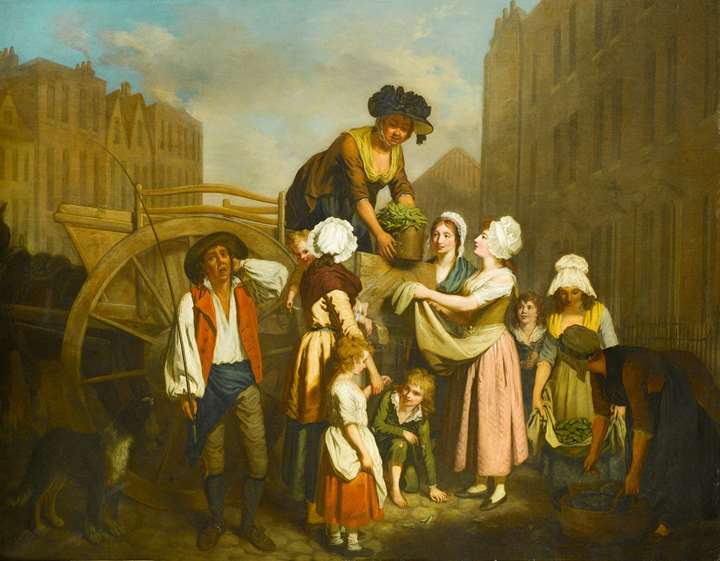
Sphinx Fine Art
Fresh Gathered Peas
Francis Wheatley, R.A. (London, 1747 - London, 1801)
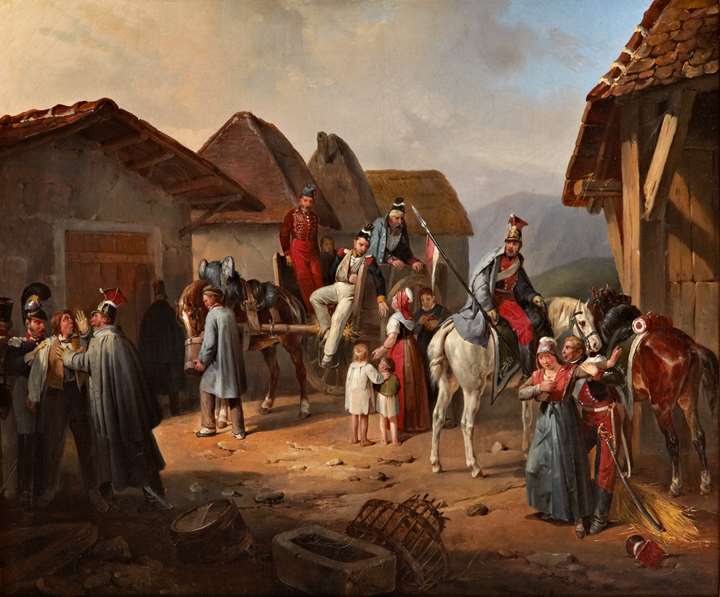
Sphinx Fine Art
Austrian Cavalry Resting in a Village
Albrecht Adam (Nördlingen, 1786 - Munich, 1862)
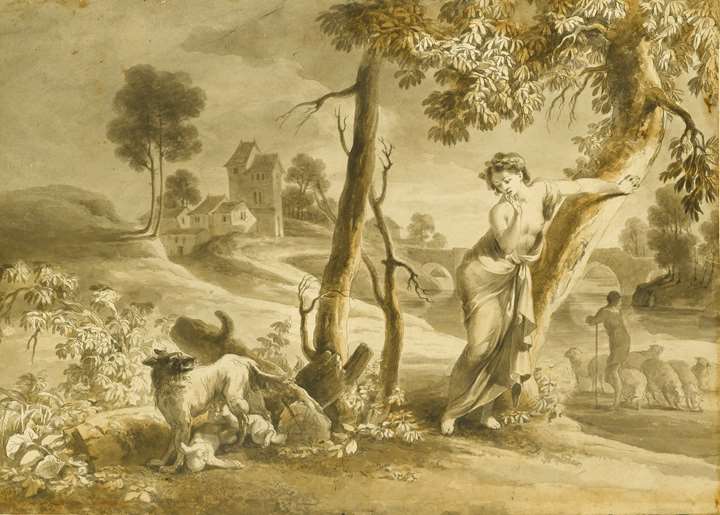
Sphinx Fine Art
The Discovery of Romulus and Remus
Giovanni David (Gabella, 1743 - Genoa, 1790)
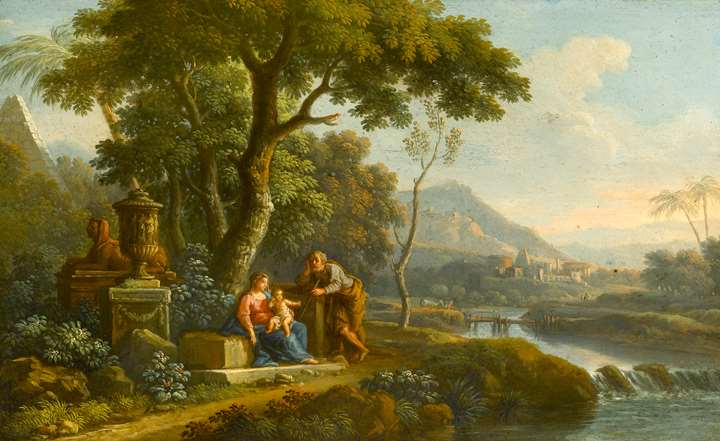
Sphinx Fine Art
The Flight into Egypt and The Rest on the Flight to Egypt
Jan Frans van Bloemen, called Orizzonte (Antwerp, 1662 - Rome, 1749)
